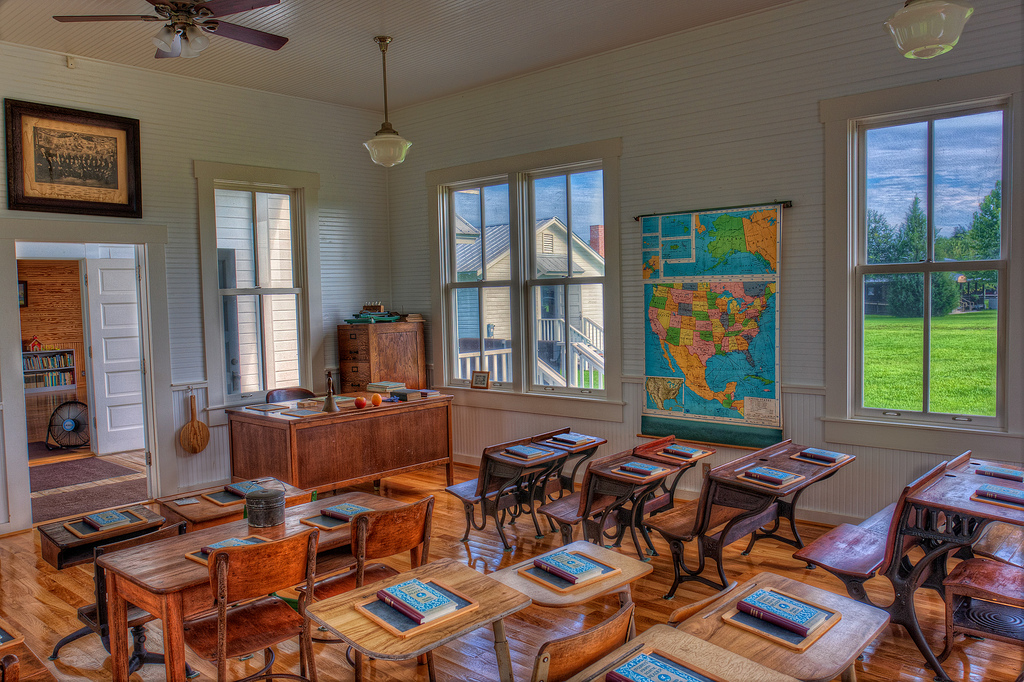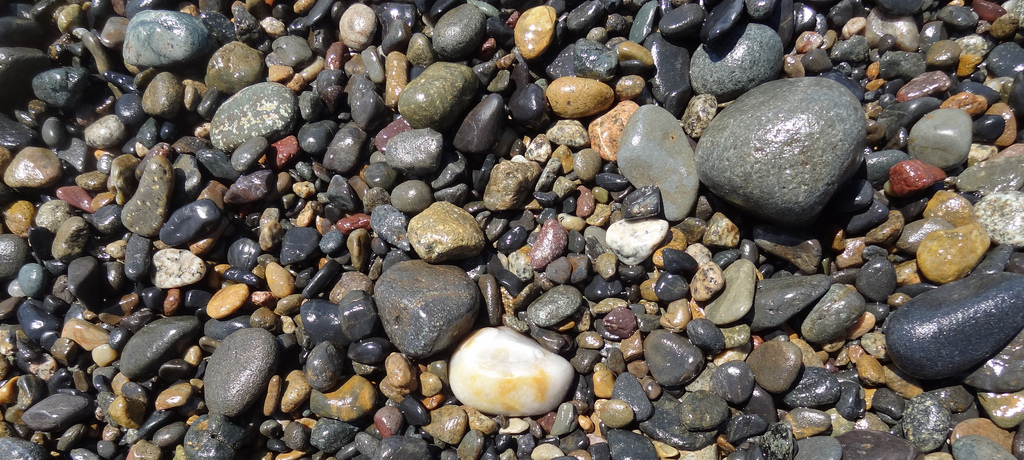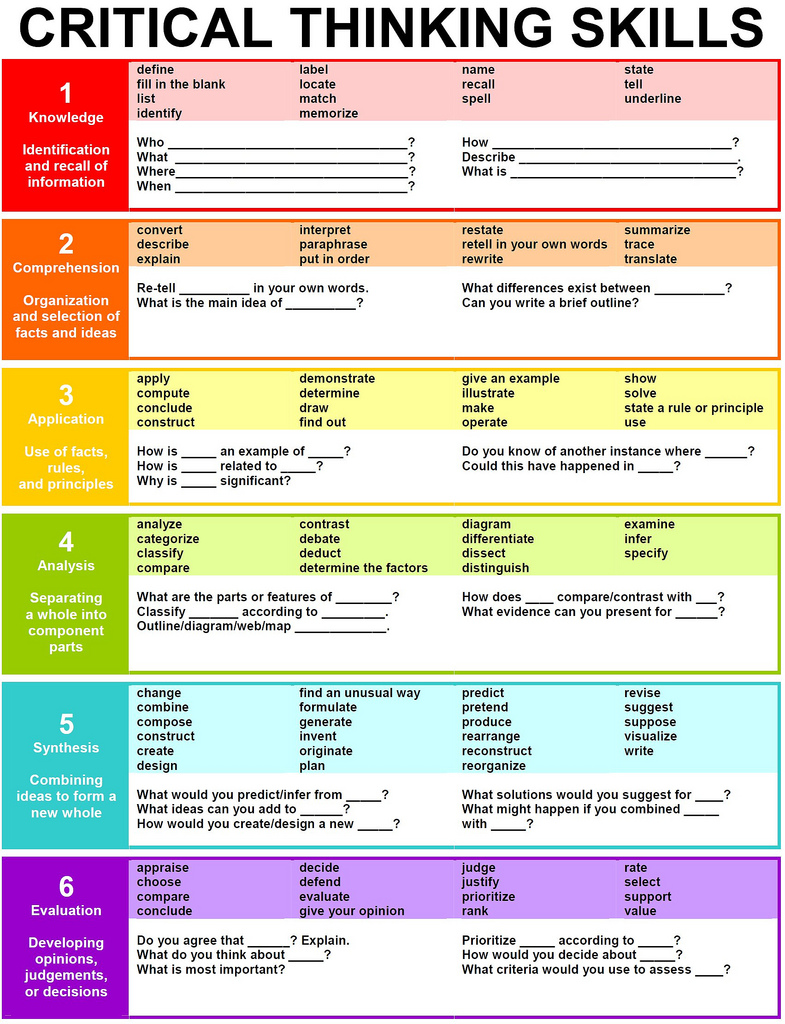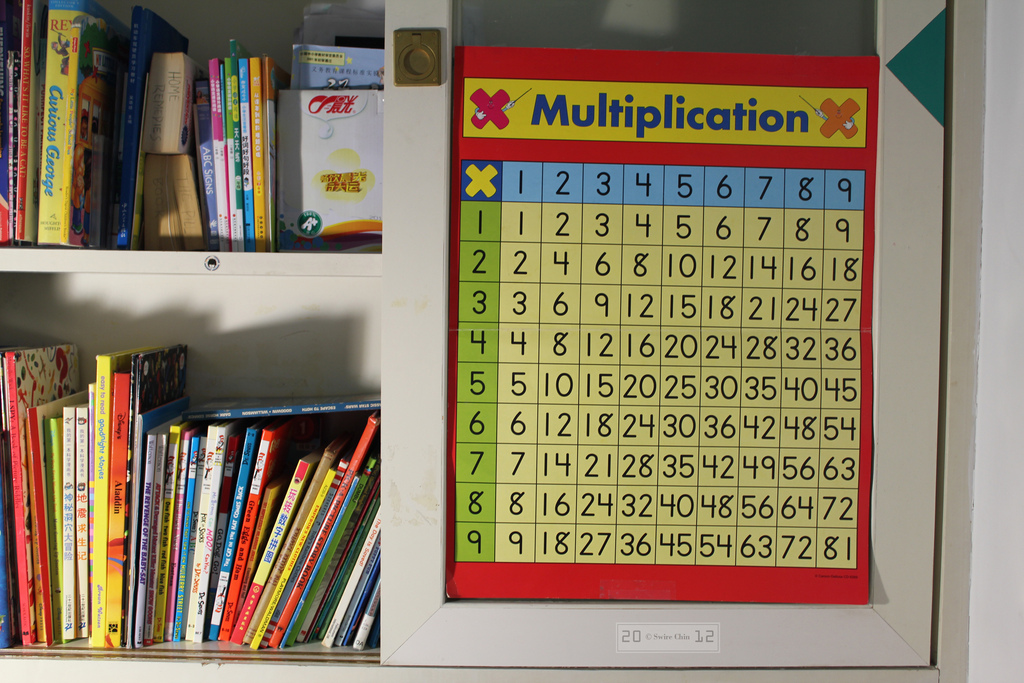
What do you think of Japanese education?
After 7 years in the U.S., I noticed the differences in educational methods between Japan and the U.S.. Here are some of the unique approaches to education in Japan.
This post may contain affiliate links. If you buy through them, we may earn a commission at no additional cost to you.
Different approach to education
I returned to Japan after 7 years in the United States.
What I am surprised by the differences in the educational approach for students between Japan and the US. My son is just a 2nd grader so I know only a portion of American education, but it was really interesting for me to see the different methods used at school in both countries.
My questions
Photo by Martin LaBar (going on hiatus) on FlickrWhen my son had science homework from the American public school, I was very curious about the homework. At the time, he was learning about rocks, and their homework was to ask questions about rocks and answer them by themselves.
My son’s question was “how do we know the hardness of rocks?” He needed to find the answer. He searched and searched for the answer online and found the phrase “the Moh scale”. He was curious about the "Moh scale" and wrote a full page about it as his answer. To be honest, I did not know how to scale the hardness of rocks and I had never thought about this before.
In the American style, each child comes up with their own questions that they're curious about and students share their questions and answers. This method allows students to learn a wide variety of knowledge, but not all students are interested in the same thing.
In Japan, on the other hand, teachers usually ask students questions regarding the main points of the subjects they're focusing on.
For example, when students learn about tomatoes, teachers will ask "do you know how it grows?" or "why is it red?" Then the students find the answer using the textbook, which has all the information the students should learn and most of the time they can find the answers there. All of their answers should be the same since they have the same information.
I feel that since Japanese kids learn everything together, all of them get the same knowledge. That's why they can keep an academic standard across the board.
Textbooks vs no textbooks
I think we can say same thing about language lessons too. In the U.S., teachers check students's reading level at the beginning of English class. Students use their leveled books as their own textbook. Teachers give assignments like "think about the feelings of the main characters", "write about the personalities of some of the characters and compare with your own personality," and so on. Each student has different answers as they are using different books as their texts. They always need to think of their own answer with their own reading books. I think that it is a quite good way to grow their thinking skills and develop their own opinions.
On the other hand, students use the same textbook in Japan. They read the same stories and learn the same words. Teachers give questions to the students and the answers should be the same. Teachers focus on how students understand specific things. Since teachers pick out what the students should learn, they can keep the same standards with nobody being too high or too low. This is one of the ways Japanese kids can keep their standard level of their knowledge.
Logical thinking and rote learning
Photo by Enokson on FlickrAs for math, I pick the multiplication tables as an example.
American teachers focus on how students understand the meaning of multiplication. They draw a picture or a pattern of the question when they think about the answer. Those pictures and patterns show them how to think and how to find the way to reach the answer logically. I thought that was a really good way to get used to thinking logically even if they are still little.
Photo by Canadian Pacific on FlickrWhen Japanese students learn multiplication tables, they do it by rote learning. Of course, they learn the meaning of multiplication. However, they focus on memorizing multiplication tables and almost every week teachers give them a mini test to check if they remember the tables. In this method, most of the kids focus on remembering the table before understanding the meaning of multiplication.
To be honest, I did not like rote learning when I was young. However, my friend gave me an another point of view about rote learning.
She said that kids don’t do rote learning in the U.S., so even 4th graders don't remember their multiplication tables. That means if they are given questions like “what is 7 times 8,” they always have to start from “7 times 1, 7 times 2, 7 times 3…..” It takes a long time to reach the answer. Rote learning can be a good way to give some knowledge as students eventually understand the meaning of it later. That was my friend’s opinion.
I kind of agree with her as I think we can deepen our knowledge at any time later. At least the Japanese students get some basic knowledge from this method. I think that it is up to us how to use the benefits of rote learning.
Photo by aleonmail on FlickrIt is quite difficult to say which education is better as both methods are so different. But definitely I can say that both methods have good points. I am sure there are many different methods and approach for education around the world. I would be happy if you think about your country’s educational methods compared to the Japanese one after reading this article.
The information in this article is accurate at the time of publication.









